
Roots
To gaze upon one’s hair is to encounter a deep history, a living record of ancestry, resilience, and personal story. It is a dialogue between the biological inheritance and the cultural narratives that have shaped perceptions across generations. Hair typing, often presented as a mere classification, reaches far beyond a simple chart.
It touches the very core of how we see ourselves, reflecting societal mirrors that have long dictated worth based on texture and curl. Our exploration begins here, at the foundational level, where the physical attributes of textured hair meet the weight of historical meaning.
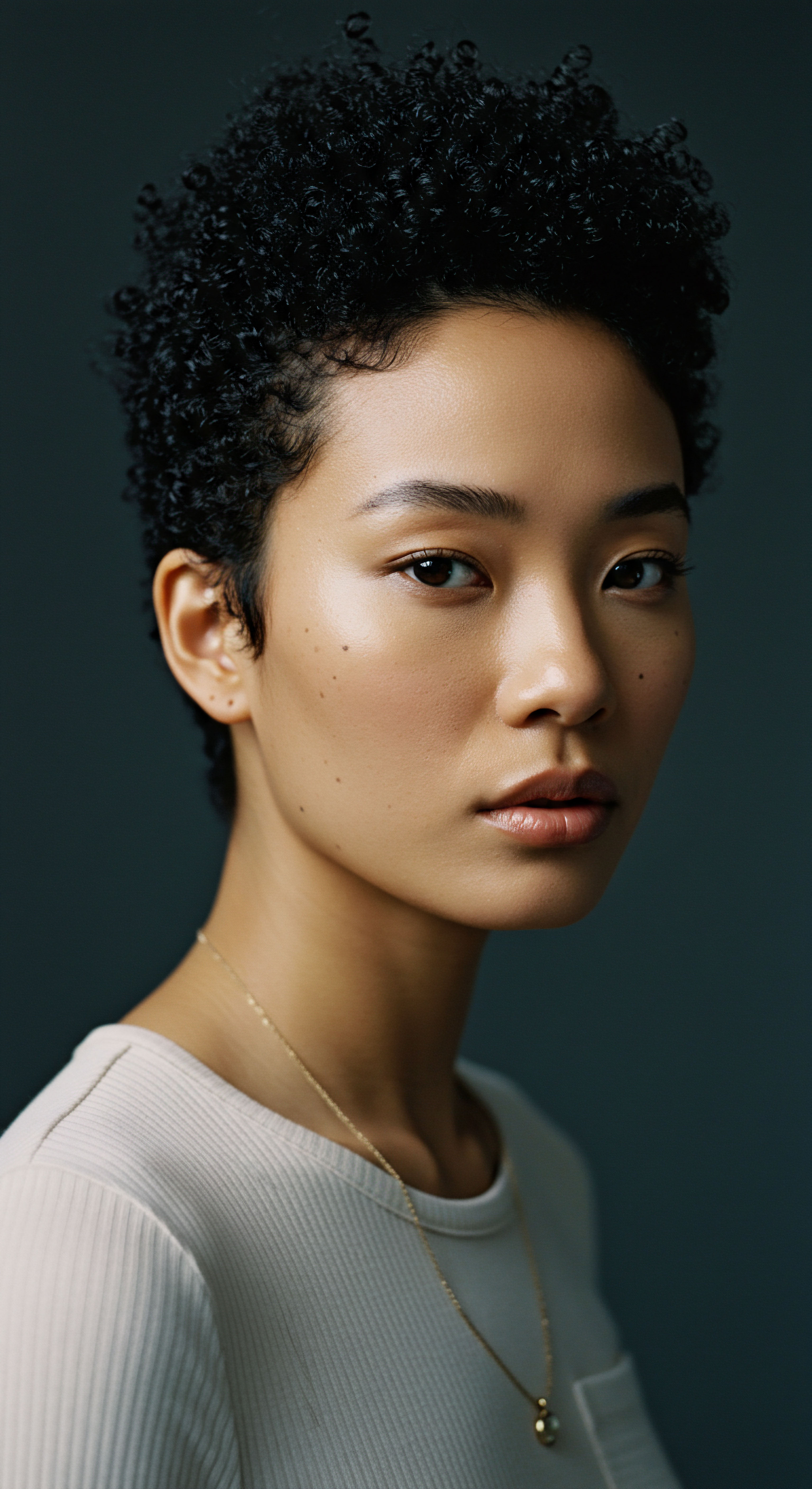
The Architecture of Textured Hair
The unique contours of textured hair stem from its distinct follicular anatomy. Unlike straight strands that emerge from round follicles, coily and curly hair grows from oval-shaped follicles, creating a natural curvature along the hair shaft. This shape dictates the curl pattern, from gentle waves to tightly wound coils.
Each strand possesses a cuticle layer, cortex, and medulla, yet the distribution of these components, particularly the cuticle, varies in textured hair, influencing its inherent properties like porosity and susceptibility to dryness. Understanding these foundational elements provides a scientific lens through which to appreciate the diversity within textured hair, moving beyond simplistic categorizations.
Hair typing extends beyond mere classification, touching the essence of self-perception through historical and biological lenses.
The journey into understanding textured hair often begins with an introduction to classification systems, the most widely known being the Andre Walker Hair Typing System. Developed in the 1990s, this system categorizes hair into types 1 (straight), 2 (wavy), 3 (curly), and 4 (coily), with further sub-classifications (A, B, C) to denote increasing tightness of curl or coil. While this system has offered a common vocabulary for many navigating their hair journeys, its origins and inherent biases warrant closer examination.
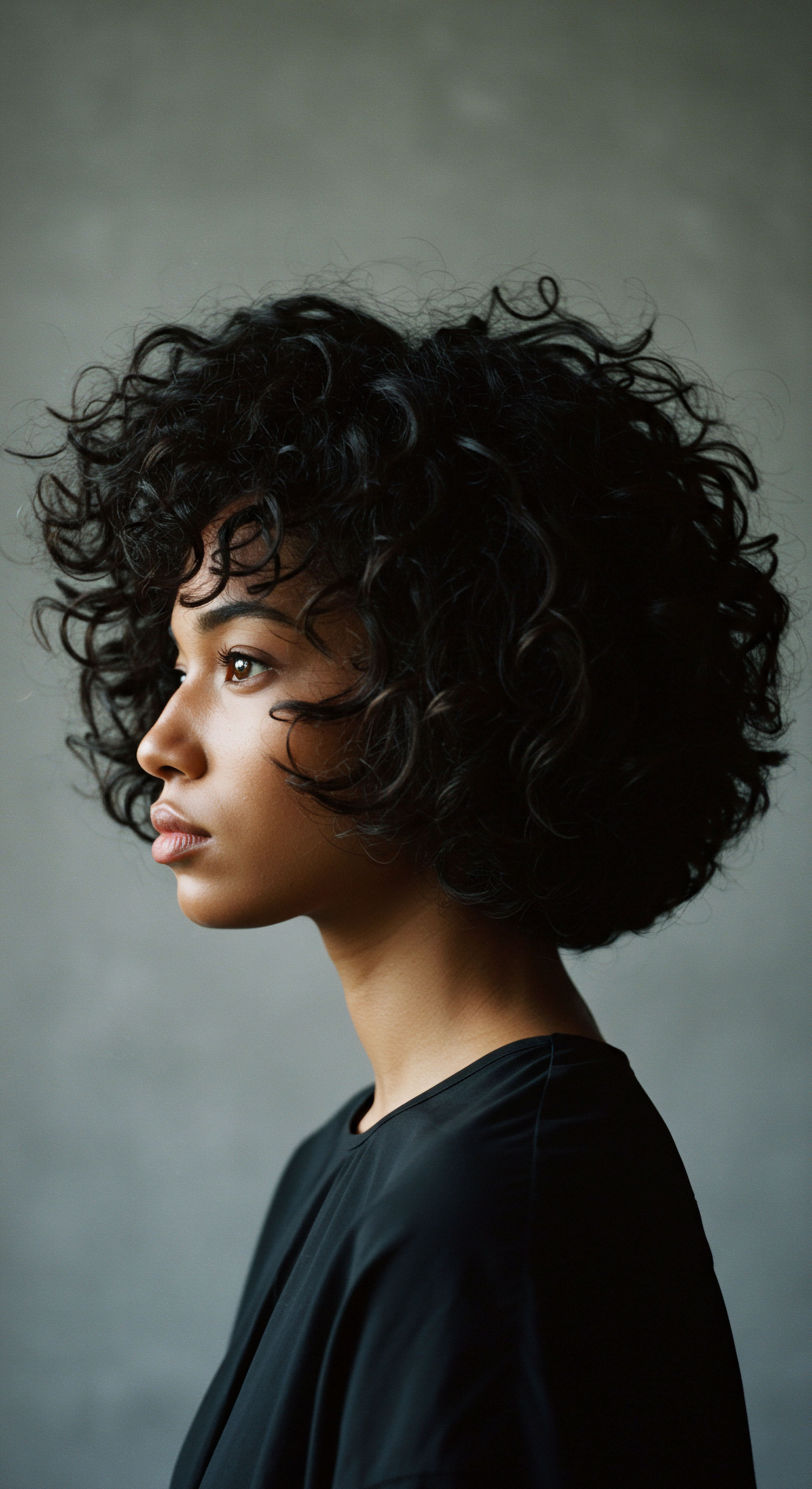
A History of Categorization and Its Echoes
The impulse to categorize hair is not new; it has roots in deeply problematic historical contexts. Early 20th-century systems, such as the “hair gauge” created by German Nazi scientist Eugen Fischer in 1908, sought to classify hair based on texture and color to determine “racial value,” often comparing it to a “Nordic ideal”. Similarly, the Apartheid Pencil Test in South Africa served as a discriminatory tool, where the ability to hold a pencil in one’s hair determined racial classification. These historical attempts at hair categorization were tools of oppression, designed to enforce racial hierarchies and deny humanity.
The Andre Walker system, while commercially driven and intended to aid product selection, has received criticism for implicitly favoring looser curl patterns (Type 2 and 3) over tighter, coily (Type 4) textures. This preference has unfortunately contributed to the concept of Texturism, a form of discrimination within the Black community that prioritizes looser curls over kinkier ones. This bias can subtly, yet powerfully, influence self-perception, leading individuals to internalize notions of “good” or “bad” hair based on how closely their natural texture aligns with these favored types.
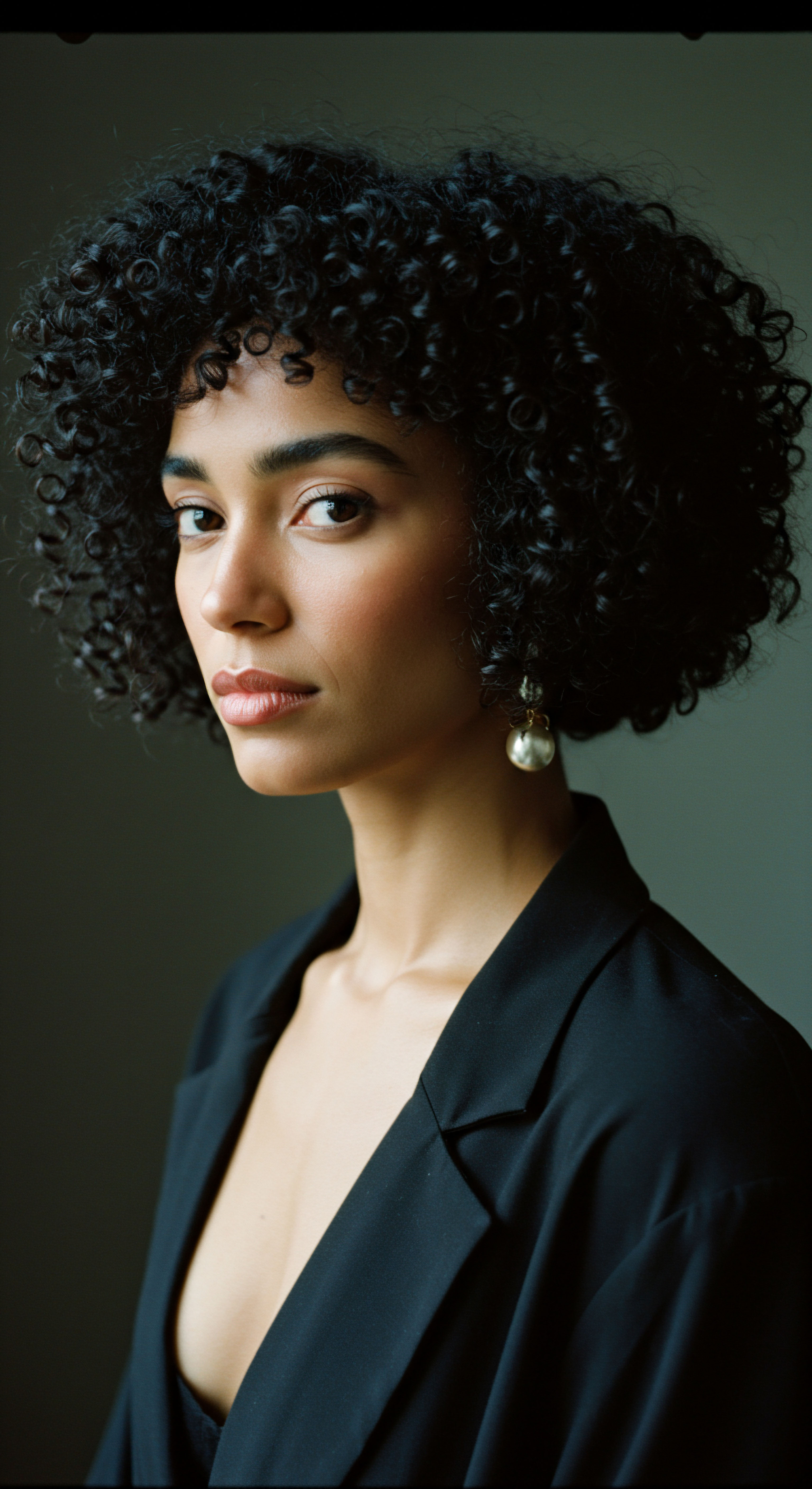
What Are the Challenges of Hair Classification Systems?
Despite their widespread use, hair classification systems face significant challenges. They often oversimplify the immense diversity within textured hair, as a single head can display multiple curl patterns and porosities. The qualitative nature of some systems can also introduce imprecision, making it difficult for individuals to accurately identify their hair type. Moreover, the static nature of these charts struggles to account for factors like hair health, environmental conditions, or even styling techniques, all of which can alter how hair appears or behaves.
The real value of hair typing lies not in rigid adherence to a label, but in its potential as a starting point for deeper self-acquaintance. It offers a language to describe hair’s unique properties, which can then guide personalized care. However, it remains vital to acknowledge the historical baggage and inherent biases embedded within these systems, ensuring that classification serves as a tool for empowerment and appreciation, not limitation or judgment.

Ritual
Stepping from the quiet contemplation of hair’s intrinsic nature, we arrive at the vibrant space of daily practice and personal ceremony. The way we tend to our hair, the routines we adopt, and the products we select are not merely utilitarian acts; they are expressions of self-care, cultural connection, and sometimes, quiet defiance. Hair typing, for many, serves as a compass in this realm, guiding choices that enhance health and beauty.

Designing Personalized Hair Regimens
Understanding one’s hair type, beyond just curl pattern, extends to comprehending its porosity, density, and strand width. These characteristics profoundly influence how hair absorbs and retains moisture, how it responds to products, and its overall resilience. A personalized regimen, therefore, moves beyond generic advice, tailoring practices to meet the specific needs of each unique head of hair.
- Porosity ❉ This refers to your hair’s ability to absorb and hold moisture. High porosity hair, with its open cuticles, readily takes in water but also loses it quickly, often requiring heavier products and sealing techniques. Low porosity hair, with tightly bound cuticles, resists moisture absorption but retains it well once hydrated, benefiting from lighter products and heat to aid penetration.
- Density ❉ This describes the number of individual hair strands on your scalp. High density hair may appear voluminous and require more product, while low density hair might benefit from lighter formulations to avoid weighing it down.
- Strand Width ❉ Also known as fine, medium, or coarse, this refers to the thickness of an individual hair strand. Fine hair is delicate and prone to breakage, needing gentle handling, while coarse hair is robust but can be resistant to styling.
These elements collectively inform the choices made in cleansing, conditioning, and styling. For instance, a person with high porosity, coily hair might gravitate towards creamy, humectant-rich cleansers and conditioners, followed by heavy butters or oils to seal in moisture. Conversely, someone with low porosity, wavy hair might opt for clarifying shampoos and lighter leave-in conditioners to prevent product buildup.
Daily hair care rituals are more than routine; they are acts of self-care, cultural expression, and quiet defiance.

The Art of Styling and Definition
Styling textured hair is an art form, a dance between natural inclinations and desired aesthetics. Hair typing provides a framework for selecting techniques and tools that work harmoniously with the hair’s inherent structure.
Consider the application of definition techniques:
| Technique Wash and Go |
| Description Applying products to wet hair to enhance natural curl pattern without manipulation. |
| Common Hair Types Wavy, Curly, Looser Coily |
| Technique Twist Outs |
| Description Twisting sections of wet hair, allowing them to dry, then unraveling for defined waves or coils. |
| Common Hair Types Curly, Coily |
| Technique Braid Outs |
| Description Braiding sections of wet hair, allowing them to dry, then unraveling for defined waves or curls. |
| Common Hair Types Curly, Coily |
| Technique Rod Sets |
| Description Wrapping small sections of hair around rods to create uniform curls. |
| Common Hair Types All Textured Types |
| Technique These methods allow for versatility while respecting the hair's natural form. |
The selection of tools, from wide-tooth combs and detangling brushes to diffusers and satin-lined accessories, also aligns with hair type. Tools designed for specific textures minimize breakage and enhance curl integrity, transforming a potentially frustrating process into one of mindful cultivation.
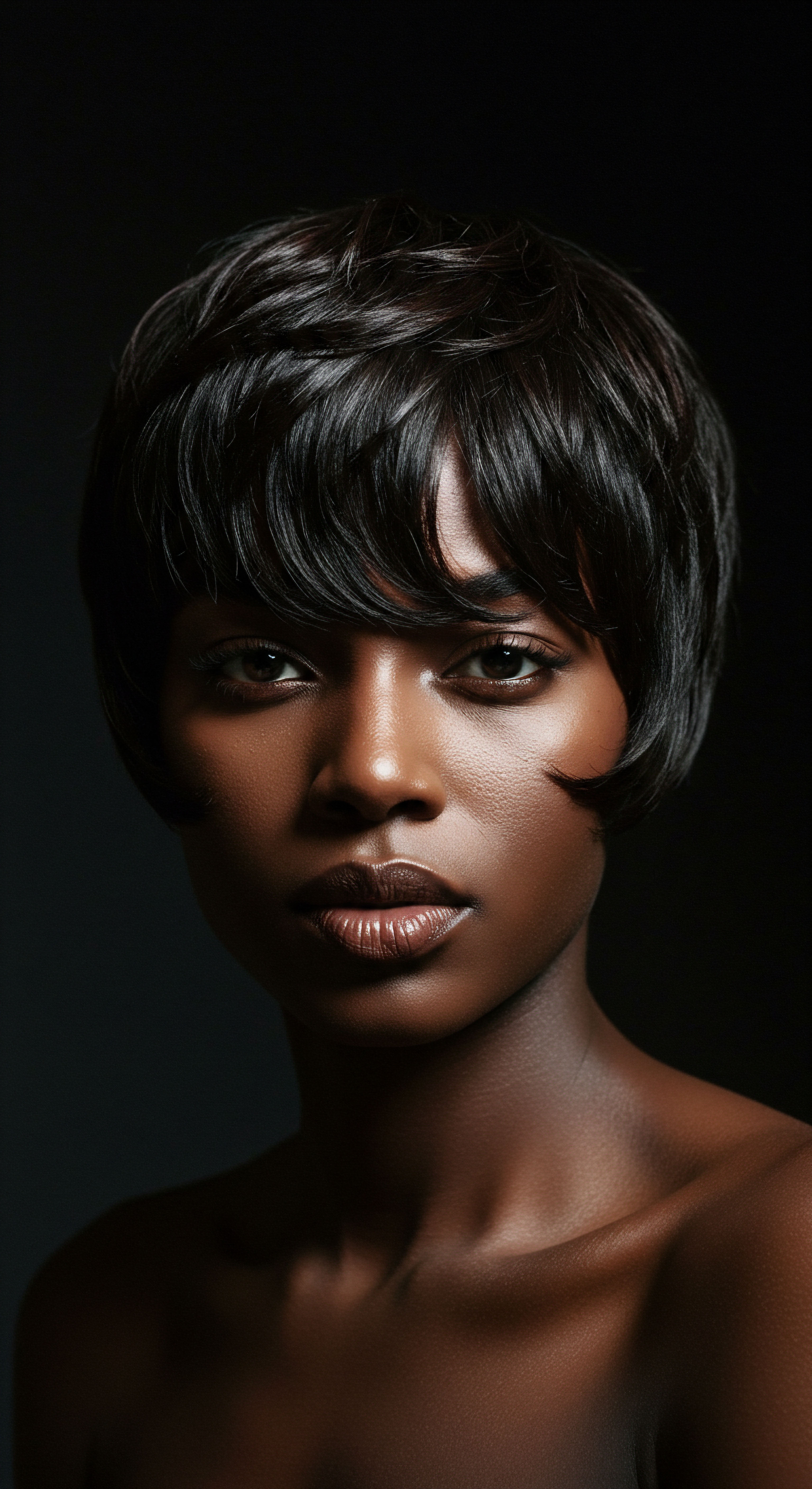
How Do Styling Choices Shape Self-Perception?
The daily act of styling textured hair holds significant weight in shaping self-perception. For many, it is a conscious decision to either conform to external beauty standards or to celebrate their natural form. The natural hair movement, in particular, has encouraged a widespread embrace of untouched textures, fostering a sense of pride and self-acceptance.
Yet, the influence of societal expectations can still be felt. The pressure to present a “polished” or “professional” appearance can lead some to alter their hair through heat or chemical treatments, even when their preference might be for their natural texture. This internal conflict can impact self-esteem, as individuals navigate the tension between authenticity and perceived acceptability. The ritual of hair care, therefore, becomes a personal space where these broader societal dialogues play out, influencing not only how hair looks but also how one feels within their own skin.

Relay
Having explored the foundational elements of hair typing and the daily rituals of care, we now step into a more expansive domain, where the personal meets the collective. The way hair typing impacts self-perception extends far beyond individual preference, reaching into the deep currents of societal norms, cultural identity, and systemic biases. Here, we confront the subtle yet profound ways in which external judgments, often tied to hair texture, shape one’s inner world and outer opportunities.
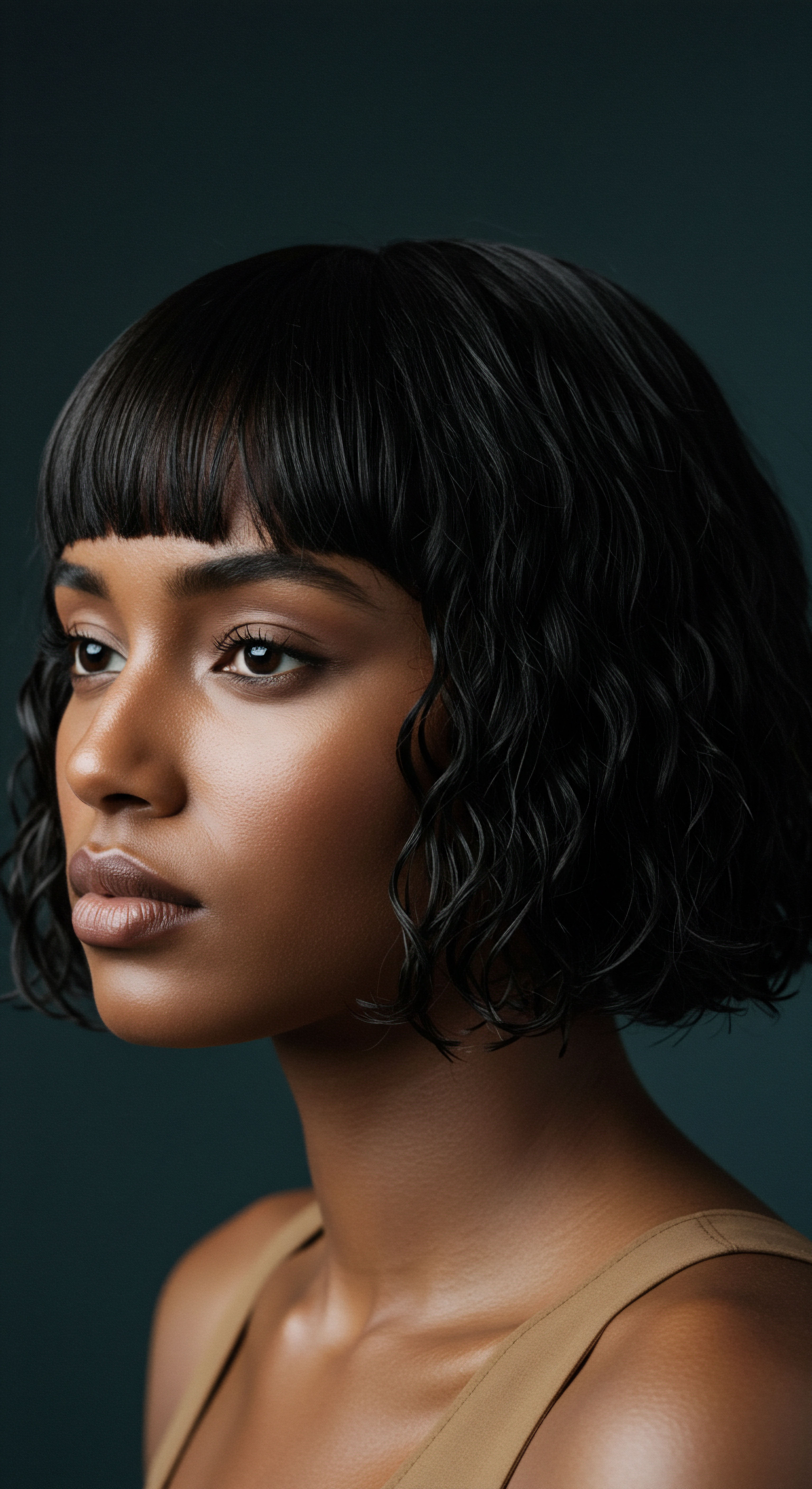
Societal Judgments and Internalized Perceptions
The very notion of “good hair” versus “bad hair” has historically been a tool of oppression, deeply embedded in a Eurocentric standard of beauty that devalues Afro-textured hair. This ideology, a form of “cultural violence,” asserts that hair conforming to European and Asian textures is inherently more beautiful or acceptable. This constant messaging, whether overt or subtle, can lead to internalized negative perceptions among those with textured hair, fostering feelings of inadequacy or low self-esteem.
For individuals with textured hair, particularly Black women, hair is not simply an aesthetic choice; it is a visible marker of identity, heritage, and often, a point of contention in various social settings. The pressure to conform to mainstream beauty ideals, often necessitating the alteration of natural hair through straightening or chemical treatments, can create a psychological burden. This burden can manifest as anxiety or stress related to one’s appearance, impacting overall well-being.

Hair Texture and Professional Gatekeeping
The societal biases against textured hair extend into professional and academic environments, directly impacting opportunities and self-worth. Research consistently shows that individuals with natural Afro-textured hair face discrimination in the workplace and educational settings. A particularly telling study by Ashleigh Shelby Rosette, a management professor at Duke University’s Fuqua School of Business, revealed significant biases.
Her findings, published in the journal Social Psychological and Personality Science, indicated that Black women with natural hairstyles, such as curly afros, braids, or twists, were perceived as less professional and less likely to be recommended for interviews compared to Black women with straightened hair or white women with any hair texture. This bias was particularly pronounced in industries with conservative appearance norms, like consulting.
Hair texture, particularly for Black women, can significantly influence professional opportunities and self-perception due to pervasive societal biases.
The study’s methodology involved participants, acting as recruiters, rating job candidates based on profiles that included photos of Black and white women with either natural or straightened hair. The results provided empirical evidence that societal bias against natural Black hairstyles permeates the workplace, perpetuating racial discrimination. For instance, in one experiment, the exact same Black female candidate was rated as more professional and more strongly recommended for an interview when her photo showed her with straight hair, compared to when she was shown with natural hair. This phenomenon extends beyond initial impressions; the 2023 CROWN Workplace Research Study found that Black women’s hair is more than twice as likely as white women’s hair to be perceived as “unprofessional,” leading approximately two-thirds of Black women to change their hairstyle for a job interview.
This systematic devaluation of natural hair has profound psychological implications. It forces individuals to weigh their authentic self-expression against the desire for career advancement, creating a constant tension. The choice to straighten hair, for many, becomes a pragmatic response to avoid discrimination, rather than a personal preference. This dynamic can chip away at self-confidence and foster a sense of being “othered,” impacting mental health and overall well-being.

How Do Legal Measures Counteract Hair Discrimination?
In response to these pervasive biases, legislative efforts like the CROWN Act (Creating a Respectful and Open World for Natural Hair) have gained momentum across the United States. This legislation aims to prohibit discrimination based on hair texture and protective hairstyles associated with race in workplaces and schools. The passage of the CROWN Act in several states, and its consideration at the federal level, marks a significant step towards dismantling systemic hair discrimination.
The CROWN Act acknowledges that hair is deeply tied to racial identity and cultural heritage. By legally protecting the right to wear natural hair, it seeks to alleviate the pressure to conform to Eurocentric beauty standards and reduce the psychological burden of discrimination. However, the journey towards full acceptance is ongoing.
While laws can change policies, they require sustained effort to shift deeply ingrained societal attitudes and unconscious biases. The ongoing advocacy for the CROWN Act highlights the persistent need for education and awareness to truly foster environments where all hair textures are celebrated without judgment or penalty.
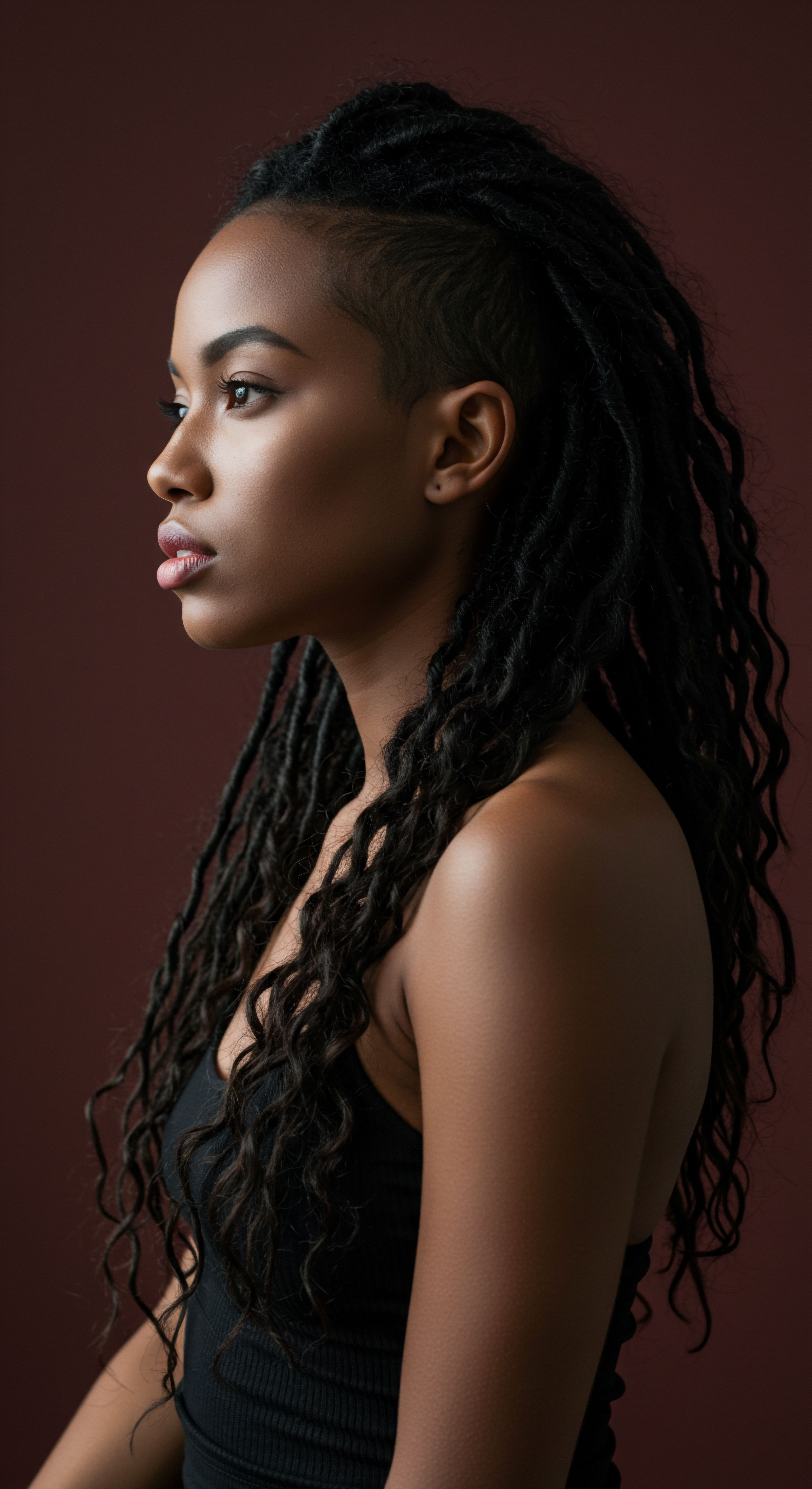
Reflection
The exploration of hair typing and its profound connection to self-perception reveals a landscape rich with personal meaning, historical echoes, and societal currents. It is a reminder that what grows from our scalp is rarely just hair; it is a declaration, a memory, a quiet rebellion, or a serene acceptance. The journey of understanding one’s hair type, in its deepest sense, becomes a pathway to self-discovery, inviting a more compassionate and informed relationship with our own physical being and cultural lineage. As we move forward, the aim remains to cultivate spaces where every curl, coil, and wave is recognized for its inherent beauty, free from the confines of narrow standards, allowing each person to wear their true self with unburdened pride.
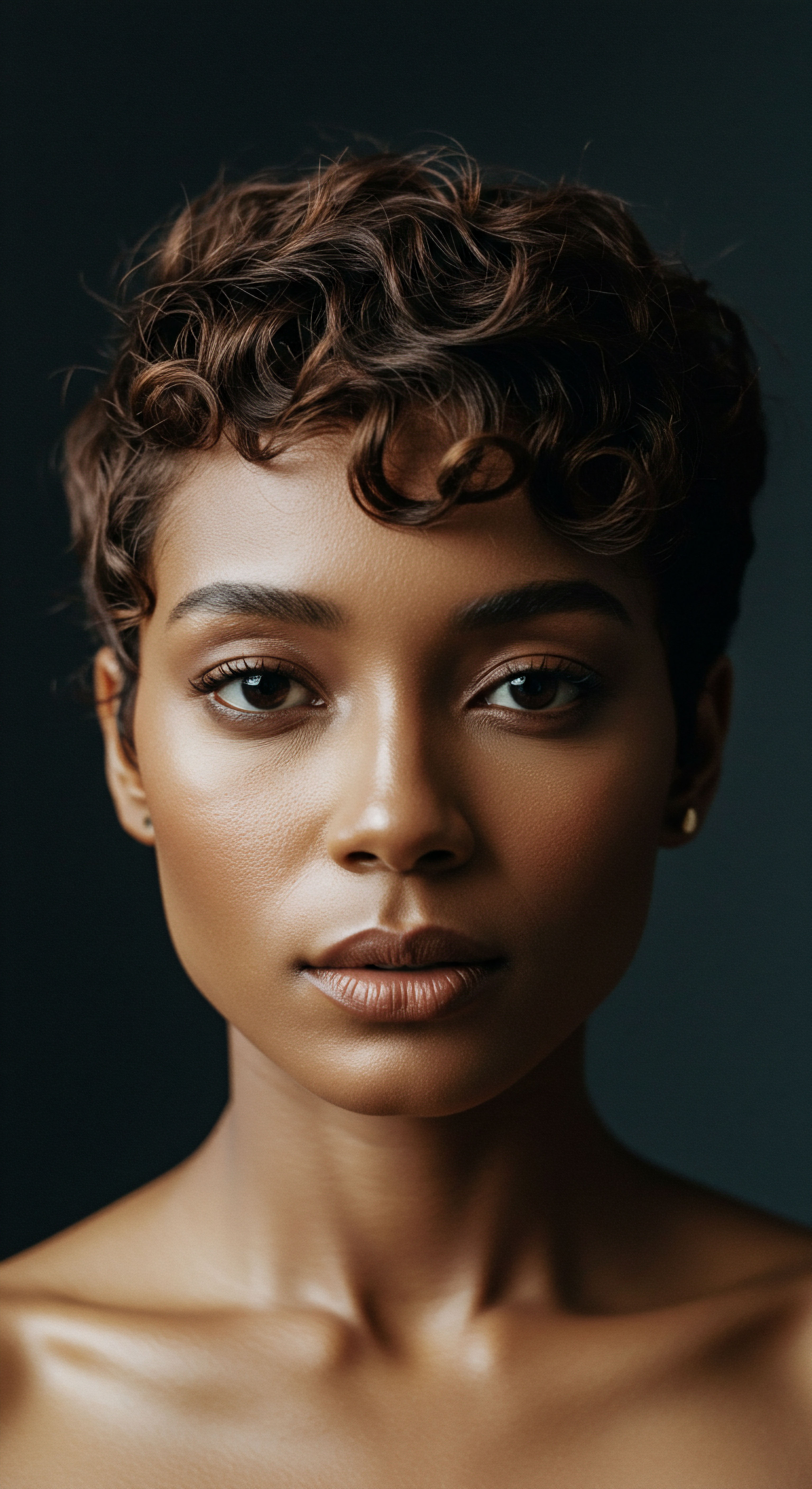
References
- Rosette, A. S. (2020). Research Suggests Bias Against Natural Hair Limits Job Opportunities for Black Women. Duke’s Fuqua School of Business .
- Rodriguez, S. (2022). Black Hair Can ❉ The Roots of Our Roots. Little, Brown Books for Young Readers.
- Buckley Bala Wilson Mew LLP. (2024, April 3). An Update on the CROWN Act .
- Aladesuru, B. Cheng, D. Harris, D. Mindel, A. & Vlasceanu, M. (2020). To Treat or Not to Treat ❉ The Impact of Hairstyle on Implicit and Explicit Perceptions of African American Women’s Competence. Open Journal of Social Sciences, 8 (1), 13-22.
- Oyedemi, T. (2016). Beauty as violence ❉ ‘beautiful’ hair and the cultural violence of identity erasure. Social Identities, 22 (5), 537-553.
- Byrdie. (2021, October 18). The History of Hair Typing Systems | Crowned. YouTube.
- Byrdie. (2021, October 25). The Controversial History of the Hair Typing System .
- Perception Institute. (2016). The “Good Hair” Study Results .
- CurlsBot. (2025, March 8). The Science of Curly Hair Typing .
- Walden University Research. (2025, February 17). African American Women’s Experience of Wearing Natural Textured Hair. ScholarWorks.
- EliScholar. (2023, May 12). The Development Of A Self-Esteem Toolkit For Black Adolescent Girls Centering Hair As A. Yale University Research.
- EBSCO Research Starters. (n.d.). Afro-textured hair .
- Consumer Notice. (n.d.). Hair Discrimination in the Workplace ❉ How it Affects Mental Health .
- OurX. (2024, August 5). On Texturism, and the Deep Roots of Hair Typing .
- Byrd, A. D. & Tharps, L. L. (2001). Hair Story ❉ Untangling the Roots of Black Hair in America. St. Martin’s Griffin.